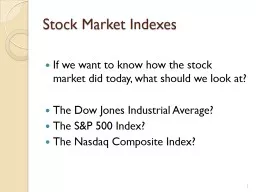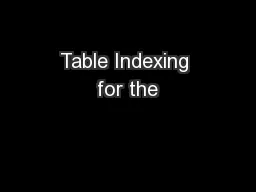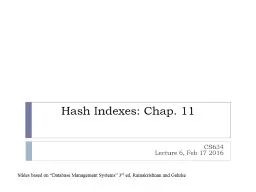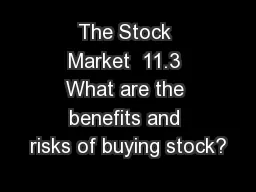PPT-Stock Market Indexes If we want to know how the stock market did today, what should we
Author : blastoracle | Published Date : 2020-06-23
The Dow Jones Industrial Average The SampP 500 Index The Nasdaq Composite Index 1 What We Need to Know to Understand an Index The number of stocks in the index
Presentation Embed Code
Download Presentation
Download Presentation The PPT/PDF document "Stock Market Indexes If we want to know ..." is the property of its rightful owner. Permission is granted to download and print the materials on this website for personal, non-commercial use only, and to display it on your personal computer provided you do not modify the materials and that you retain all copyright notices contained in the materials. By downloading content from our website, you accept the terms of this agreement.
Stock Market Indexes If we want to know how the stock market did today, what should we: Transcript
Download Rules Of Document
"Stock Market Indexes If we want to know how the stock market did today, what should we"The content belongs to its owner. You may download and print it for personal use, without modification, and keep all copyright notices. By downloading, you agree to these terms.
Related Documents














